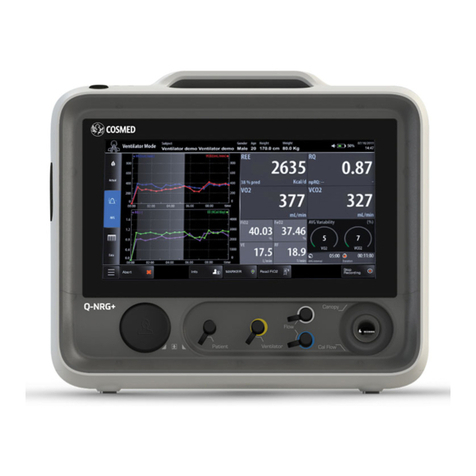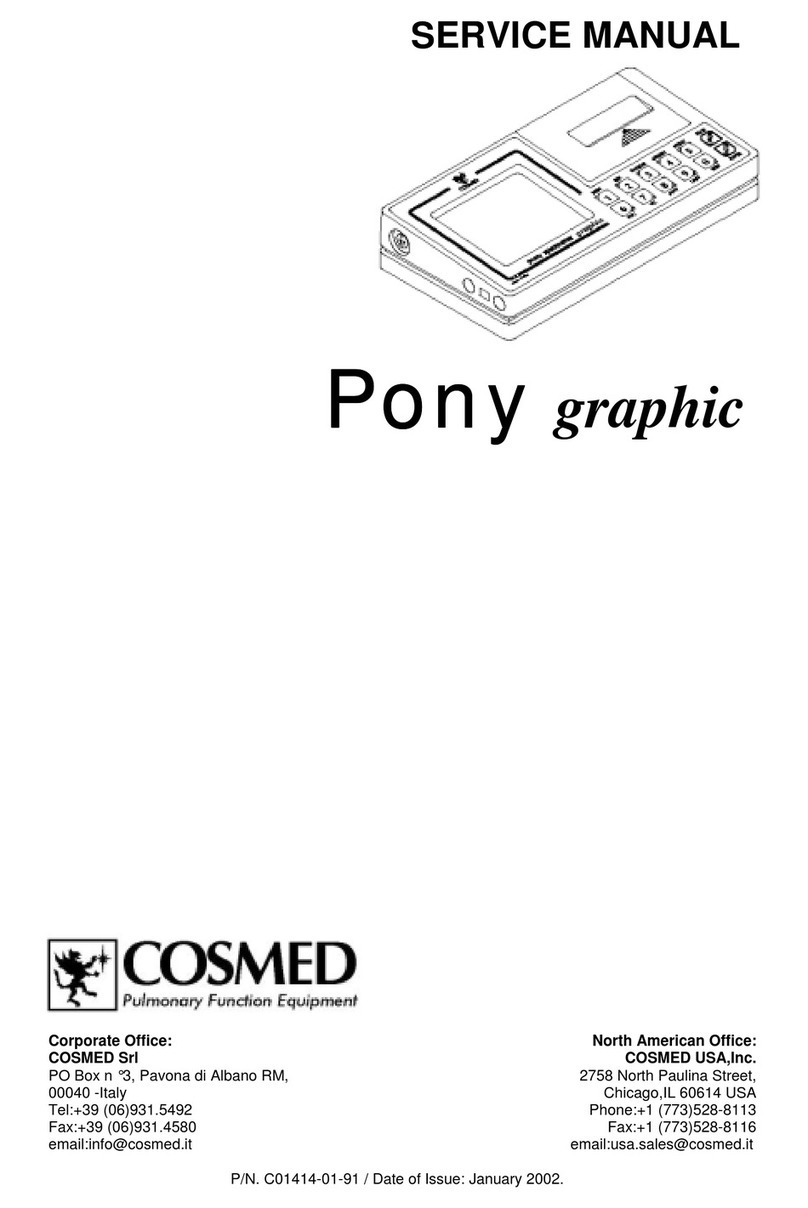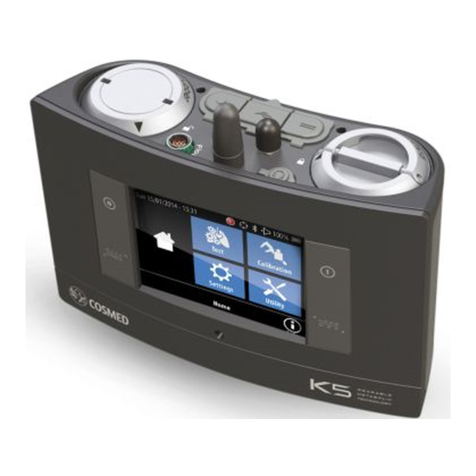Index -7
Anaerobic (Lactate) Threshold detection.................................78
View the Lactate Threshold ...........................................78
Detect the Lactate Threshold..........................................78
Customise graphs for the LT viewing............................78
Fittings......................................................................................79
Fit a graph with a linear regression................................79
Fit a graph with a Mono-exponential regression............79
Calculate the "Mean Value"...........................................80
Oxygen Kinetic.........................................................................80
Run the O2 Kinetic function ..........................................80
Information about the Test .......................................................81
View the Information.....................................................81
Modify the information..................................................81
Summary...................................................................................81
View the summary .........................................................81
Print the data.............................................................................81
Print the current window................................................82
Print the report................................................................82
View the report.........................................................................82
Data Editing ....................................................................................83
Editing values and input numerical values.....................83
Data filtering ..................................................................83
Using the User fields......................................................84
Deleting steps.................................................................84
Advanced Editing...........................................................84
Restore the original test..................................................85
Overwrite the original test..............................................85
Customise the desktop..............................................................85
Customise the display colours........................................85
Smart edit..................................................................................85
Apply the graphical noise suppression...........................85
Apply the threshold noise suppression...........................85
Customise the parameters.........................................................86
Create a new parameter..................................................86
Create a new predicted parameter...................................86
Exporting data..........................................................................87
Export a test....................................................................87
DDE with Excel .............................................................87
Creating Test Protocols ...................................................................88
Create a new protocol.....................................................88
Software configuration ...................................................................89
Data viewing.............................................................................89
Select the parameters to view.........................................89
Select the parameters to view during the test.................89
Sort the parameters.........................................................89
Steady State..............................................................................89

































